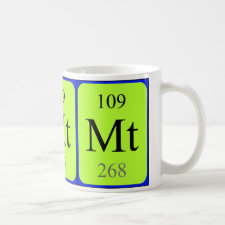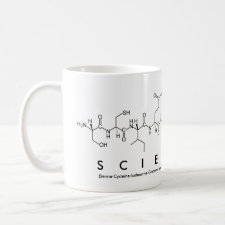
Authors: Ogawa T, Hoshina K, Haginaka J, Honda C, Moto TT, Uchida T
Article Title: Screening of bitterness-suppressing agents for quinine: The use of molecularly imprinted polymers.
Publication date: 2005
Journal: Journal of Pharmaceutical Sciences
Volume: 94
Issue: (2)
Page numbers: 353-362.
DOI: 10.1002/jps.20248
Abstract: The purpose of the present study was to examine the possibility of using molecularly imprinted polymers (MIPs) to screen for bitterness-suppressing agents. Quinine was selected as the bitter substance standard. L-arginine (L-Arg,), L-ornithine (L- Orn), L-lysine (L-Lys), and L-citrulline (L-Ctr) were tested as bitterness suppressant. candidates. In a high-performance liquid chromatography study using a uniformly sized MIP for cinchonidine, which has a very similar structure to quinine, the retention factor (k) of quinine was significantly shortened by the addition of L-Arg or L-Orn to the mobile phase, whereas slight or no decrease was observed when L-Ctr and L-Lys were added. The abilities of these amino acids to decrease the k. of quinine were ranked in the following order: L-Arg = L-Orn > L- Ctr much greater than L-Lys. A linear relationship between the reciprocal of k and the concentration of the amino acids indicated a single competitive model at, a single site. The magnitude of the association constants obtained seemed to be directly related to the inhibitory effect of the test substances on the affinity of quinine for the receptor site. Nuclear magnetic resonance and molecular modeling studies suggested a one-to-two hydrogen-bonding-based complex formation of one quinine molecule with two methacrylic acid molecules (Q- 2MAA) in chloroform. In the molecular modeling studies, the N - N distance of the quinine molecule in the assumed Q-2MAA complex was calculated to be 5.12 Angstrom, similar to the N - N distances of the two amino acid complexes (L-Arg-2MAA, L-Orn- 2MAA), which were 4.84 and 5.30 Angstrom, respectively. This suggests that L -Arg and L-Orn may compete with the quinine molecule in the cinchonidine-imprinted space. Finally, the results of human gustatory sensation tests correlated well with the MIP data. The proposed method using MIPs seems to have a potential for screening bitterness-suppressing agents for quinine. (C) 2004 Wiley-Liss, Inc. and the American Pharmacists Association
Template and target information: cinchonidine, quinine
Author keywords: NMR, molecular modeling, HPLC, receptor, structure activity relationship



Join the Society for Molecular Imprinting

New items RSS feed
Sign-up for e-mail updates:
Choose between receiving an occasional newsletter or more frequent e-mail alerts.
Click here to go to the sign-up page.
Is your name elemental or peptidic? Enter your name and find out by clicking either of the buttons below!
Other products you may like:
 MIPdatabase
MIPdatabase









